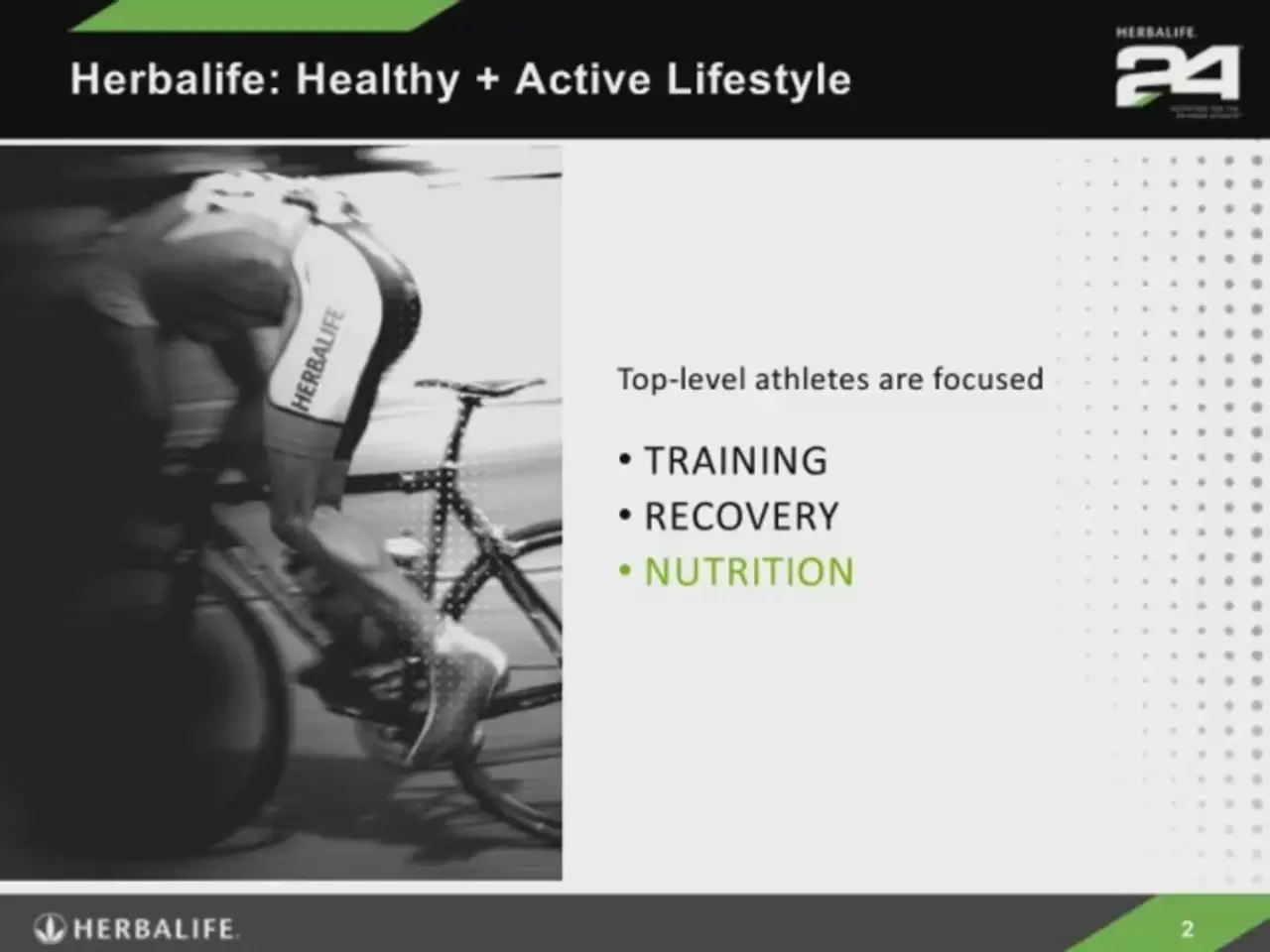Branded stunts and self-promotion via daring acts
In the world of marketing, the desire for big attention and column inches hasn't waned, working in an ego-fuelled industry. However, a shift towards more literal and less imaginative strategies has been observed over the last decade, with the term 'stuntism' being coined to describe this trend of attention-seeking, unimaginative activities.
One notable example of stuntism is the transformation of the landmark ride, Professor Burp's Bubbleworks, at Chessington World of Adventures. Originally a unique and magical experience, the ride was closed down for maintenance in 2005 and reopened as a shower-themed ride sponsored by Imperial Leather. The new version, however, was criticized for being too literal and lacking the original magic, with the original creator, John Wardley, refusing to ride the new version due to its corporate nature.
Stuntism is designed to get people talking, but it often gratifies the marketer more than the audience. Examples of stuntism range from sailing something down the Thames, partnerships with niche artists, digital objects bought or sold in web3 space, to anything Burger King has done. Even the web of lies that Brewdog was founded upon can be seen as a form of stuntism.
Recent efforts by brands like Imperial Leather and France Telecom have also been criticized for being too literal and lacking imagination. Confused.com and Cake, on the other hand, managed to create awe by bubble-wrapping an entire suburban street, linking the brand to the experience in a more subtle and imaginative way.
However, not all stunts are successful. Adidas' 'grid of tits' stunt, promoting sports bras, used numerous images of women's naked breasts and was considered exploitative. Several major brands like Pepsi, Nike, and Burger King have conducted high-profile but controversial stunts in recent years that mainly appeared self-congratulatory and lost originality and immediacy.
Victoria Buchanan suggests that 'awe' will be the emotional state of the next decade, and marketers should strive to create experiences that inspire awe. By focusing on real people and real life, rather than creating average experiences that people have to queue for, brands can create more meaningful and memorable campaigns that resonate with their audience.
In conclusion, while stuntism may grab headlines and generate buzz, it often lacks the emotional depth and originality that truly connects with consumers. Brands should aim to create experiences that inspire awe and resonate with their audience, rather than relying on attention-seeking stunts that may do more harm than good.
Read also:
- The Cost of Speech is Zero, True Strength Lies in Unity
- Aiming to simplify the move towards cleaner automobiles, the newly established ministry plans to take direct action with Pannier-Runacher, Létard, and Vautrin at the helm.
- "The imperfect yet essential documentary, "Planet of the Humans," raises challenging and uncomfortable inquiries"
- Exciting Escapades of Tintin




